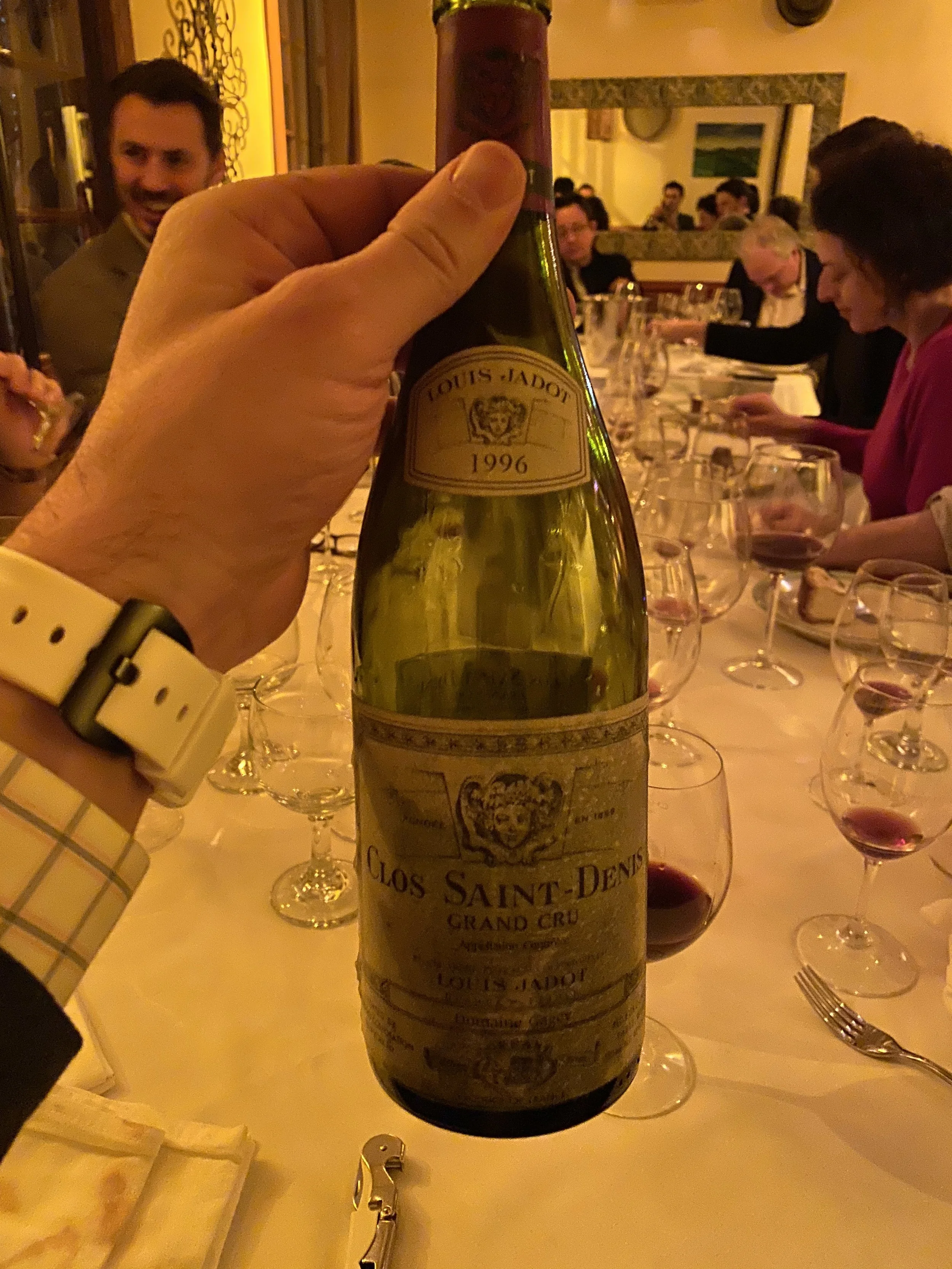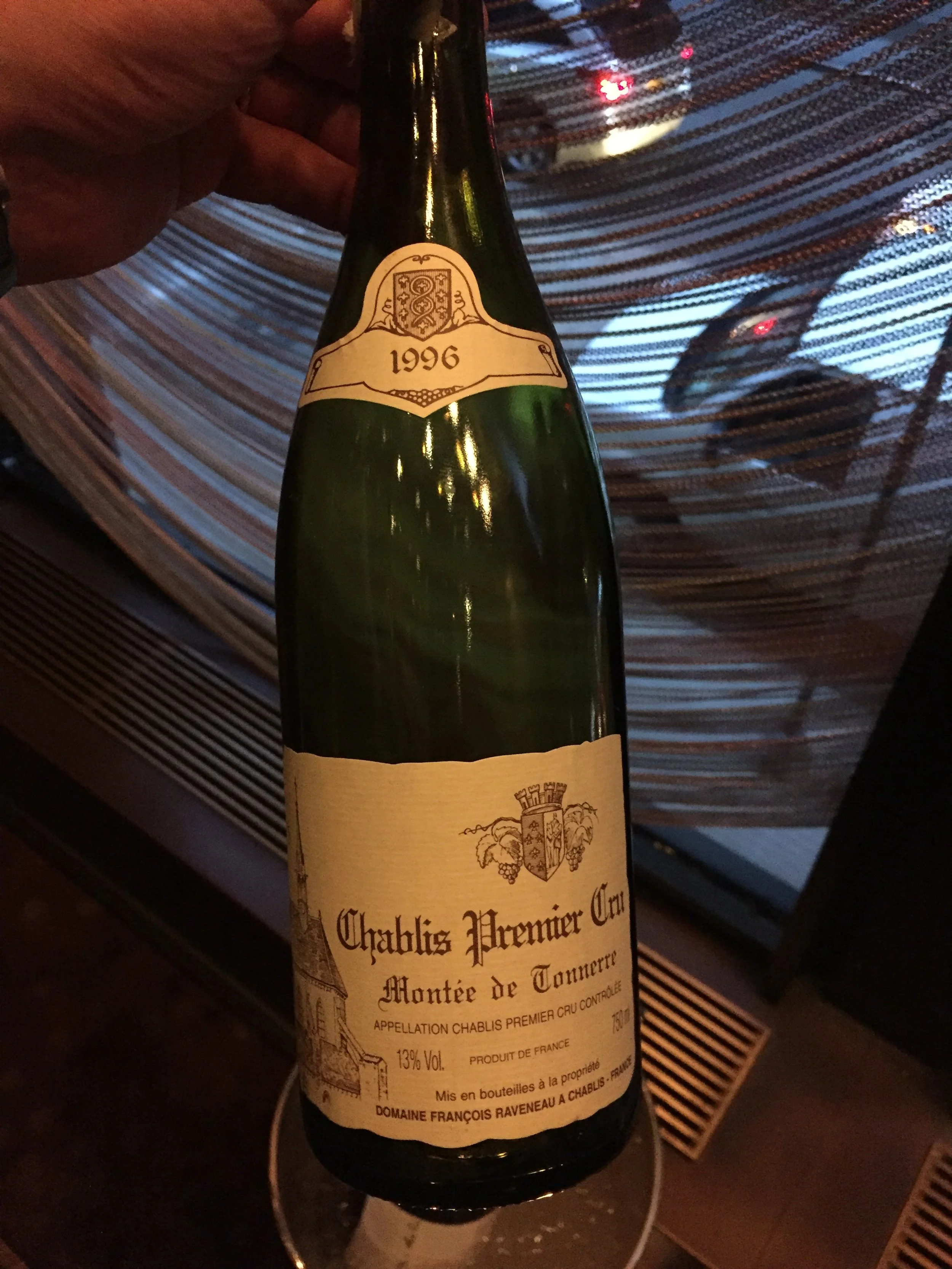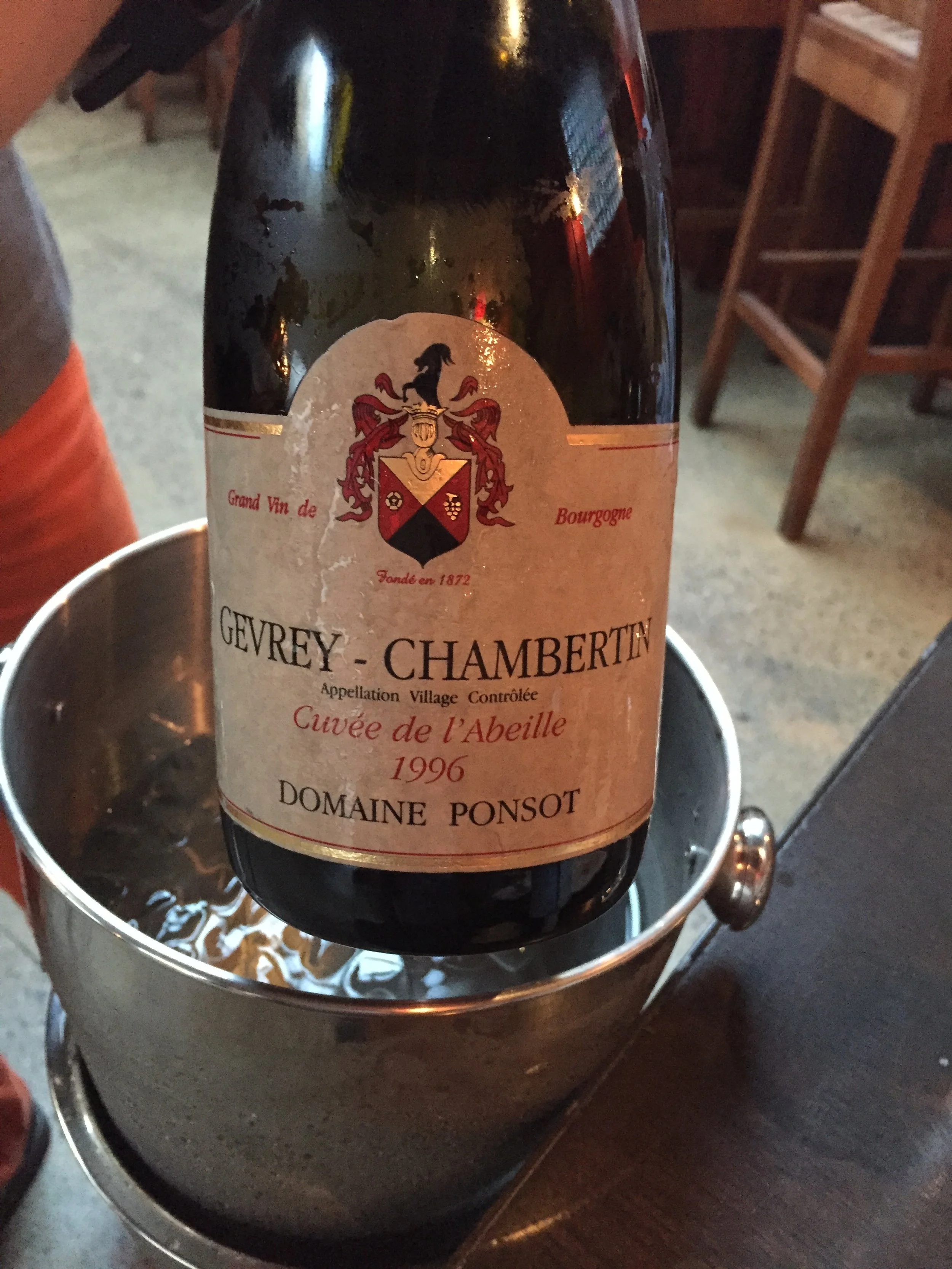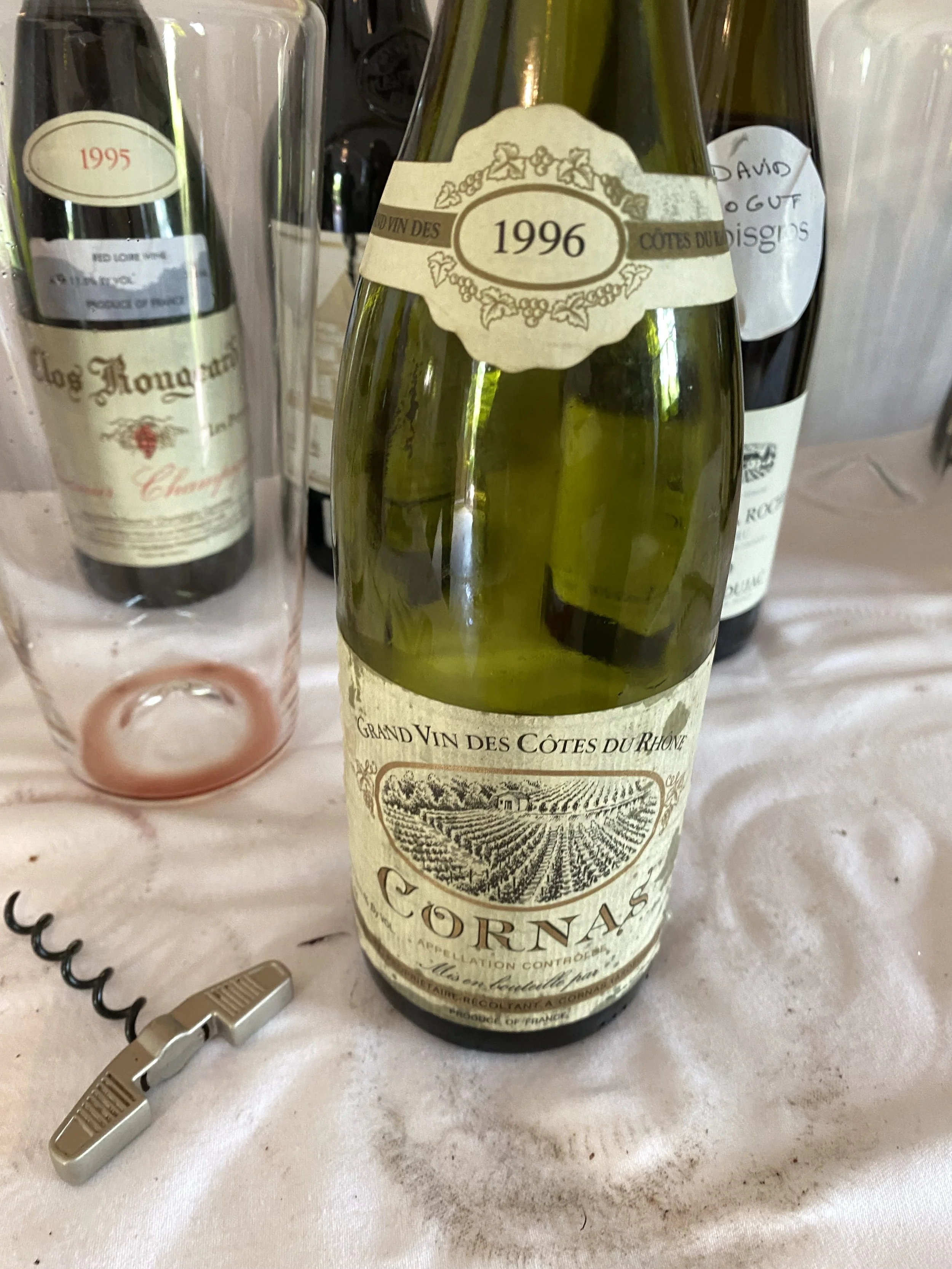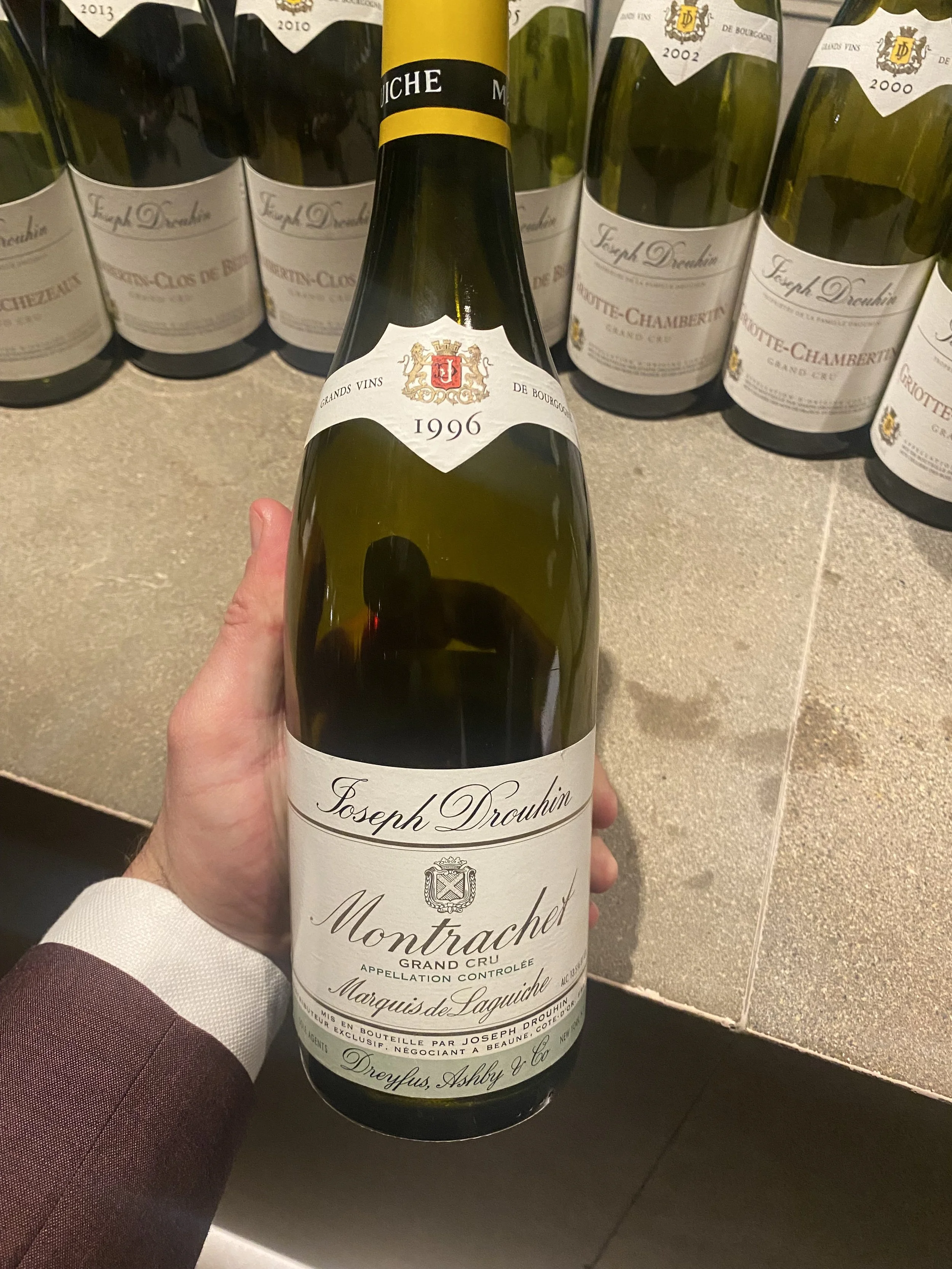1996 in champagne. what happened?
by Edouard Bourgeois
November 21, 2025
Ratings for 1996 often use words like "exceptional" and "grandiose," with some comparisons to 1928. What made 1996 objectively unique was the high average potential alcohol (10.3%) combined with high total acidity (10g/litre)—figures rarely seen together. As Charles Philipponnat noted, this is a significant jump from the 9.3% potential alcohol common forty years prior.
Acidity and potential alcohol work together for balance, but typically, when one is high, the other is low. In 1996, both figures were high. Bruno Paillard called it a 'naughty boy' vintage due to its unpredictable nature and the anxiety it caused producers while waiting for acidity levels to drop. However, the result for those with patience is "fantastic."
While acidity is key for aging, the true test is time. Over two decades later, the remaining 1996 bottles reveal which producers succeeded. The best examples are still complex and alluring, where the high acidity is balanced by a wide range of aromas, from brioche to stone fruit. Unfortunately, some other bottlings show only residual acidity, resulting in unbalanced and tart wines.
I recall opening a glorious bottle of 1996 Cristal for my son's birth seven years ago; the wine was still vibrant and charged.
Another fabulous example was made by Krug. As Olivier Krug said, "It’s a year where a good house or a good winemaker will make a good wine... It’s a tricky vintage." Other industry professionals have shared similar sentiments, noting that some vintners either opted out of making a vintage bottling or failed to achieve balance, resulting in wines that are already clumsy or tired.
The 1996 vintage often draws comparisons to its predecessor, 1995. These were the last two great Champagne vintages following the 1988, 1989, and 1990 trio. The 1996s are powerful wines; the best combine weight from ripeness with tension from acidity, providing the interest, complexity, and structure needed for long-term aging.
Interestingly, more houses released 1995 as a vintage Champagne than 1996, with a ratio of roughly 60% (1995) to 40% (1996).
Given its unpredictability, the safest bet for 1996 Champagne remains to go with producers you trust.
While looking for pictures of 1996 Champagne on my IPhone, I also found several other wines from various regions where the 1996 vintage truly shone, as seen in images below;jbgories
Bourgogne Vezelay - An Heirloom Gem of the Burgundy Landscape
Bourgogne Vezelay
By Edouard
6/9/21
June 10, 2021
by Edouard Bourgeois
In France for just over a week now, I have rediscovered the charm of the medieval commune of Vezelay.
Part of the Yonne department, south of Chablis and the Sauvignon Blanc AOC of Saint-Bris, Vézelay is a Chardonnay-only AOC that was recently promoted to village-level classification (like Meursault or Chassagne-Montrachet), in 2017. Red wines produced in the region qualify for only the Bourgogne AOC.
It is in the south of the Grand Auxerrois territory which also includes the Irancy and Saint-Bris villages and other regional appellations such as Bourgogne Épineuil and Bourgogne Coulanges-la-Vineuse.
Vézelay wine is produced predominantly from Chardonnay grapes grown on limestone rich soils. In total there are just 66.5 hectares (164 acres) under vine. A little Melon de Bourgogne (best known in Muscadet), Pinot Noir and the regional specialty César are also grown, though wines made from these grape varieties are classified as Vin de France.
The vineyards are mostly planted on south facing slopes around the four villages, at varying altitudes of 180 to 300 meters (600 to 1000ft). The continental climate here contributes to the fresh, steely style of the white wines in particular. Most of the wines are produced by a Vézelay based cooperative, Cave Henry. However several smaller domaines make excellent wines. Here is a list of some of the best producers:
Domaine de la Cadette, Les Faverelles, La Croix Montjoie, Aegerter, Camille Thiriet and more…
The picturesque village of Vezelay has not lost its medieval heritage
A protected Roman ruin with the proud edifice of the Basilica of Sainte-Marie-Madeleine in the background. The monastery has been one of the major starting points for pilgrims on their way to Camino de Santiago.
What's Pressoir Drinking?
by Raj Vaidya
Tuesday, February 15th, 2021
Inspired by Max’s Lunar New Year feast of Poon Choi, I decided to celebrate the new year with some Cantonese seafood delivery (call it the poor man’s banquet!) I chose eel sautéed with peppers and onions and wilted pea shoots for the main course.
The sweet and savory flavors of the take out prompted me to open a bottle which paired extremely well with the wide range of flavors I had in play. I wanted something with a seriously saline and even gamey edge, yet something low in tannins and delicate in structure, as I find that high tannin wines tend to clash with the spice elements in some Cantonese dishes. Digging around my wine fridge, I came across this lovely, mature example from one of my favorite domaines in Burgundy. 1990 was a warm vintage, and a very lauded one for sure, but often I find the wines a tad overripe, sluggish and in the worst cases, somewhat boring. But this bottle proved to be a tremendous and happy exception! The wine had a beautiful perfume, with notes of dried flowers and a distinct mushroom aroma akin to black trumpets. On the palate there was a sucrosity which preserved the fruit, cherries in particular, and this paired beautifully with the sweetness and spice of the eel as well as with the dish’s somewhat oily texture. Domaine Lafarge’s Bourgogne Rouge is sourced from a vineyard called ‘Petit Pré’ in the regional appellation just east of the Volnay vineyards. The domaine treats this simple Bourgogne just as seriously as the Volnay and Beaune wines, with aging of around 18 months in barrel. Back in 1990 the vines here were about 25 years of age on average. A perfect bottle for the new year!
What's Pressoir Drinking?
July 7, 2020
by Edouard Bourgeois
July 7, 2020
by Edouard Bourgeois
A “grand vin” in disguise
It is no news that you can find amazing Burgundies made from the regional appellation “Bourgogne”. We like to promote these humble wines at La Paulée with the “Petits des Grands” events. The idea is to show off the quality of these “entry level” appellations when made by the best winemakers. This Bourgogne from Domaine Lamy Caillat surely drank better than many Chassagne-Montrachet, including some premiers crus I’ve had from other producers. With its tiny production, Sebastien Caillat makes Haute Couture cuvées that consistently over deliver in a particularly cool cellar where these gems rest longer than usual, which helps achieve great freshness and backbone. The 2017 is superb right now.


